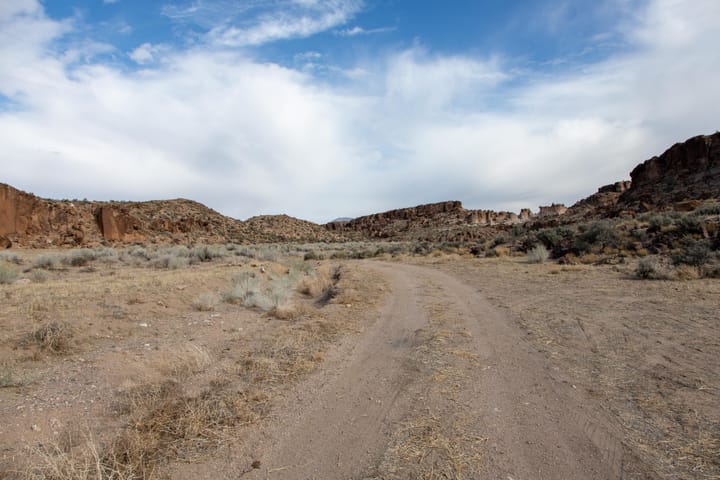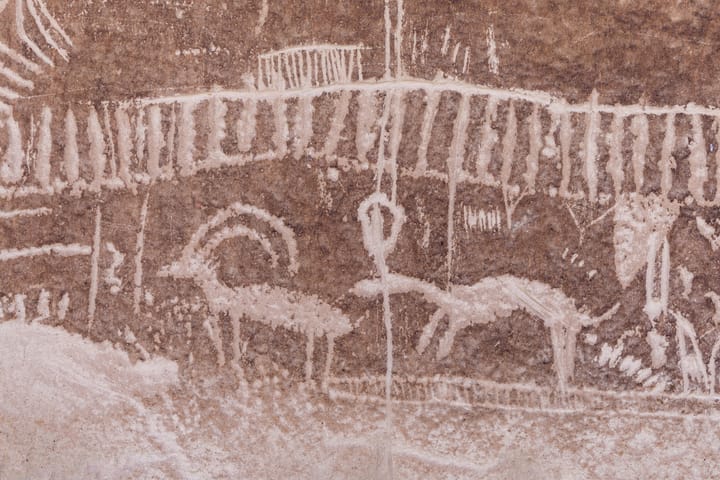This was a modern gold and silver mill out in Eastern Nevada. It had been on operational stand-by for the last few years and was last operated by the Standard Slag Company.
The Atlanta mine district is an old one. Gold and silver were discovered in the area around 1869. Early ores were taken to Pioche for milling, but by 1878, the mines had been exhausted. The mining camp at Atlanta was established in 1907, and gold has been mined from the area ever since. There are still large amounts of proven gold reserves remaining in the ground.
Boulders with free gold were found at Atlanta in 1906, prompting George M. Latimer to sink the first shaft to 60 feet. Elmer M. Bray and Associates bought the property in 1909, and by 1911, they had organized the Atlanta Consolidated Gold Mining Co. Mining between 1906 and 1915, which yielded a minor amount of ore. 1934 saw the Penobscot Mining Company take over, but due to lack of funds, operations ceased in 1938, again producing little ore. In 1948, C.E. Collins shipped 1,000 tons of ore from the crosscuts underground to the smelter at McGill, Nevada. By 1953, the mine had become a small open pit.
In 1966, open pit mining and milling operations at the Atlanta Mine launched, yet due to mill issues and economic struggles, production remained low until 1975. In May of 1975, Standard Slag Company took over the operation, began mining, and built the mill seen in my photos.




Inside the mill
In 2010, we were out exploring the area and stopped by. We met with the caretaker at the time, Ken Greenhaugh, who lived on-site, and he gave us permission to go and check out the mill equipment and buildings. We were thrilled and jumped at the chance. He was a really nice guy. Although we didn’t stay too long, as we had other places to see that day, this was a highlight of our trip.
Sadly, the mill was torn down in 2014. Please enjoy my photos below.
In September 2023, I received a series of emails from Paul Elkins, the last operator of the mill. He states that:
The ore was milled to a fine consistency of -80 mesh, similar to baby powder. After being pumped from the mills to the agitators (air in agitators activated the cyanide), the slurry flowed to thickener tanks where cyanide was activated and flock was injected to separate the slurry mud from the solution. Then it was sucked under vacuum through canvas filters which deactivated the cyanide and zinc was injected to attract the gold and silver. Then it went to the presses that collected the zinc.
The most ore it ever ran was 620 tons in one day. We average 500 tons/day. We produced about 90lbs of dore button a week (gold & silver mixed) which was sent to Los Angeles to separate the gold and silver. The ore was processed 24/7/365 no matter what!



